In this post, Andrew Stokes looks at the first two stages of matching test items to the CEFR – with an accompanying webinar clip and report.
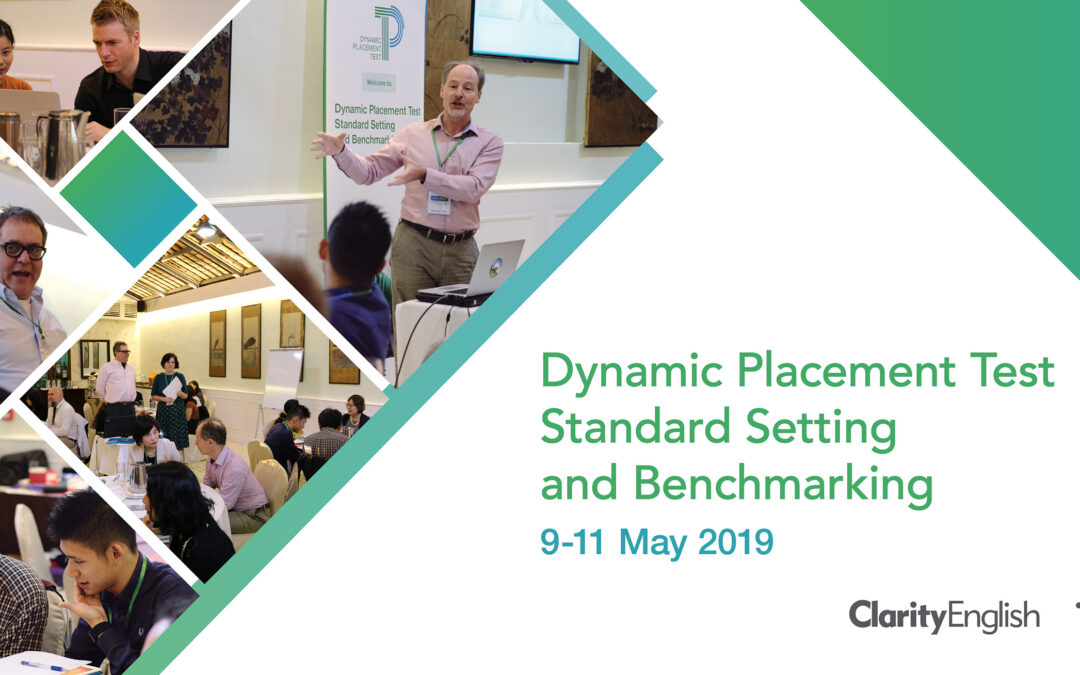

In this post, Andrew Stokes looks at the first two stages of matching test items to the CEFR – with an accompanying webinar clip and report.
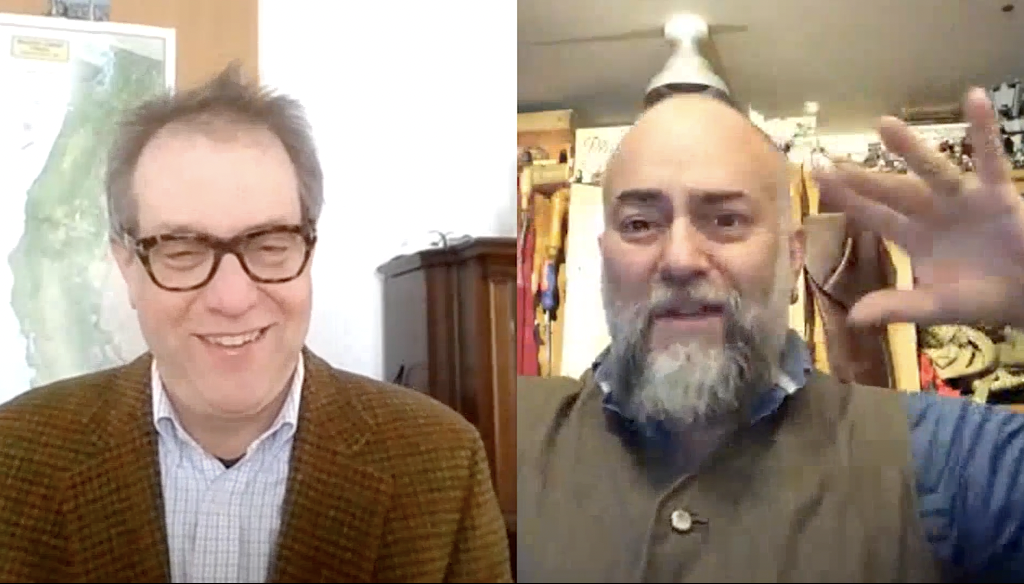
Language ability in academic versus real life settings can differ greatly. That’s why the CEFR is the perfect tool to measure what students really ‘can do’.
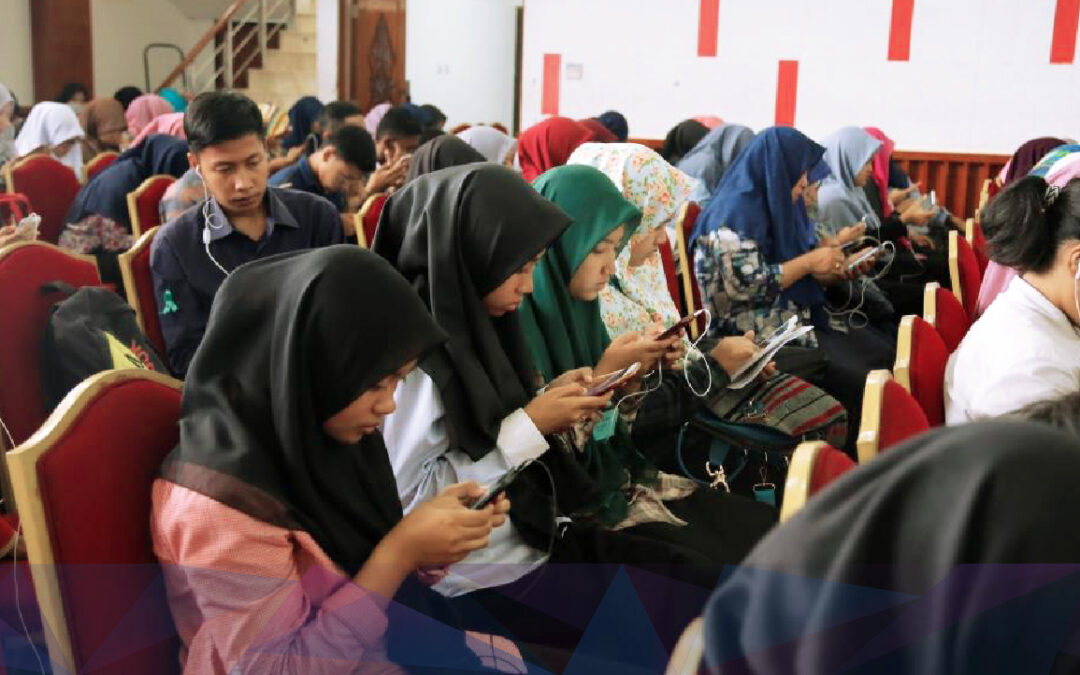
In this post, Andrew Stokes suggests ten questions you should ask yourself when selecting a placement test.

At the British Council New Directions conference in Kuala Lumpur this month, Adrian Raper described two ways that Artificial Intelligence can help teachers grade student writing.

Language testing is a key part of the recruitment process. Is there an efficient, secure, and accurate approach to online English testing? Katie Stokes discusses a successful case study.
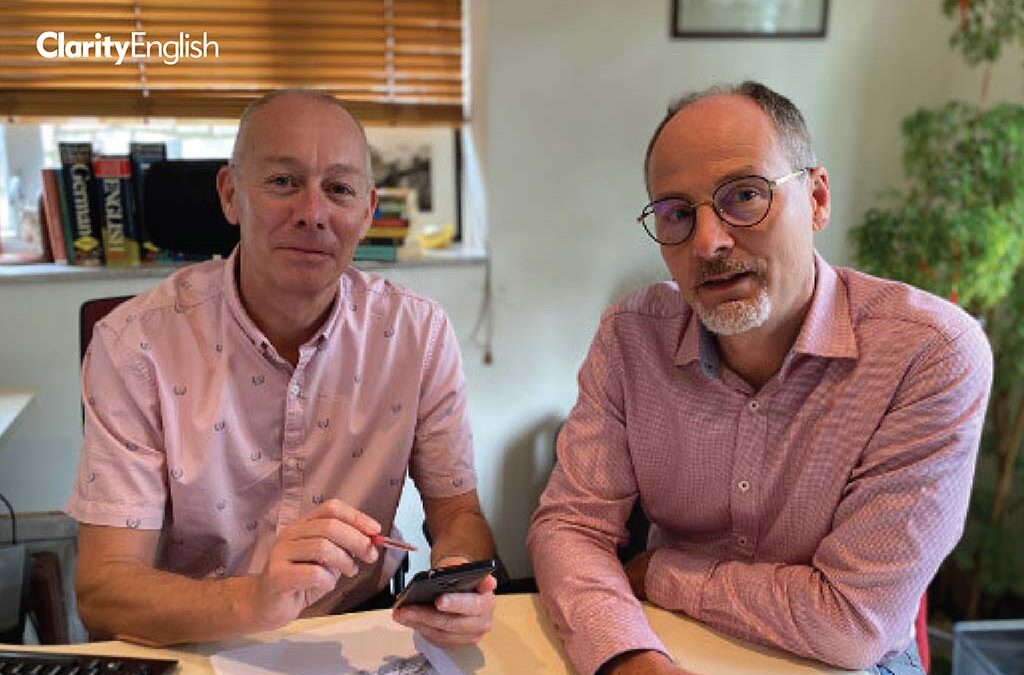
Featured in the October issue of TEASIG’s Testing, Evaluation and Assessment Today issue, Dr Adrian Raper shares his experience and hopes for online test development.

Henry Woo took the Dynamic Placement Test as part of his job interview with ClarityEnglish. He reflects on the experience.

In a previous post, we looked at how Directors of the Language Centre at Universitas Indonesia postulated that a digital test is more appropriate for this generation of students. We have now been able to survey test takers on this question. Here are the findings.

Andrew Stokes reminds us of the purpose of a placement test (with thanks to Laura Edwards of telc Language Tests for her input).
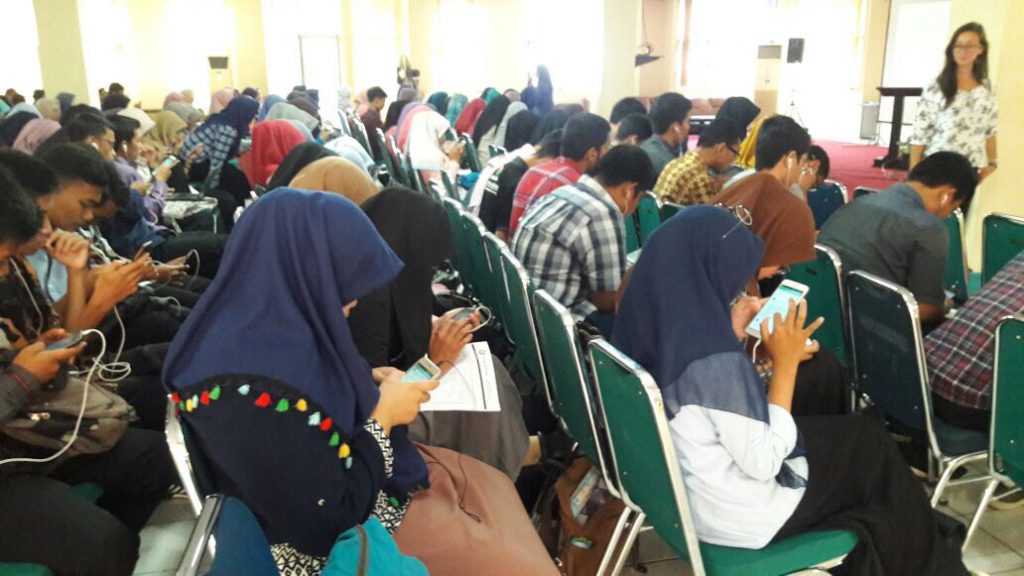
Andrew Stokes explains how an online test can support those with unreliable connectivity — or no Internet access at all.